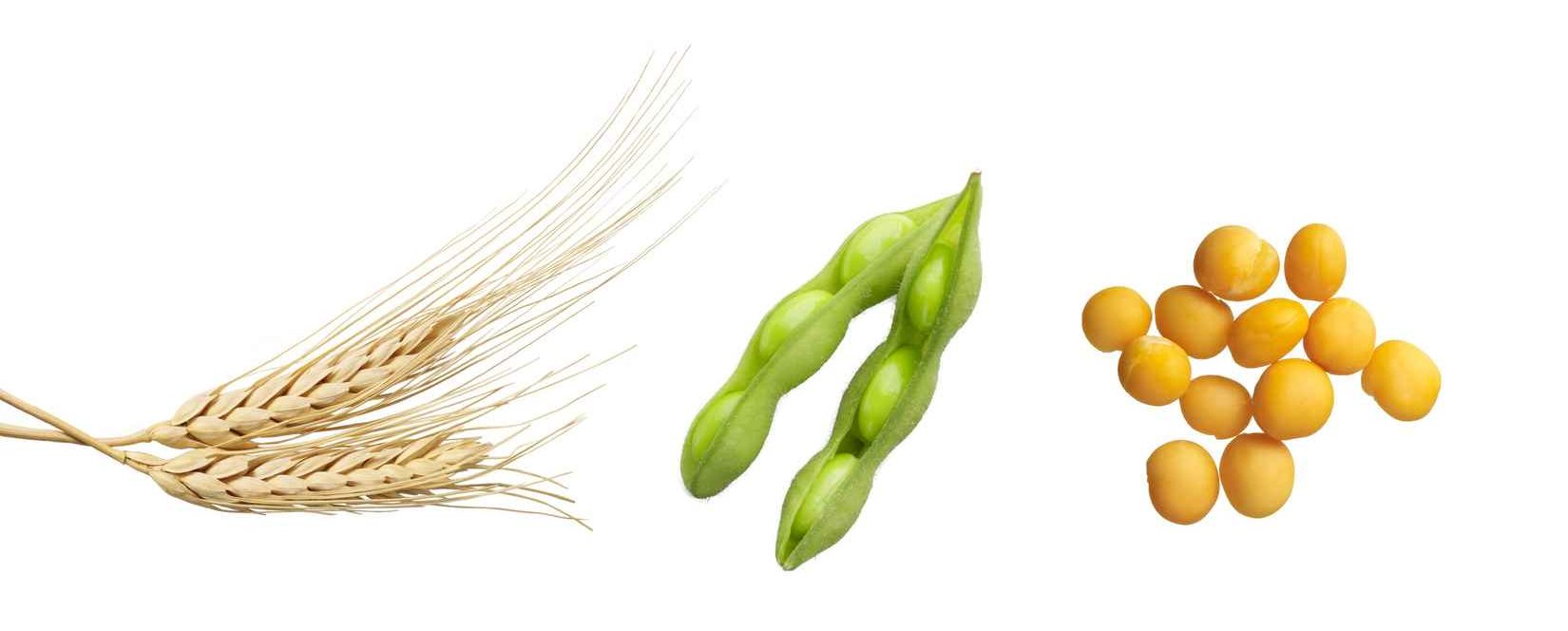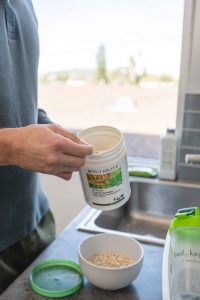
There’s no debate that if we are to feed the growing global population—now approaching 7.9 billion—we need a more sustainable approach to food production. Our moon shot, say the experts, is a flexitarian diet, a largely plant-based diet with a moderate amount of animal-based foods. (For more details, see my post on the flexitarian diet.)
But just how flexible do we need to be to improve diet quality and to make a meaningful difference in our personal health?
This is the question researchers at the University of Helsinki set out to answer with a head-to-head comparison of various protein diets. It’s an intriguing intervention study, and the results are both expected and surprising.
For this study, the researchers enrolled 145 men and women, aged 20 to 69 years and randomly assigned them to one of three protein groups for 12 weeks.
One group consumed a diet rich in animal protein (about 70 percent of their protein came from animal sources like meat, poultry, fish, eggs and dairy products). A second group ate about 50 percent of their dietary protein from animal sources and the other 50 percent from plant foods like peas, beans, oats, seeds, nuts and tofu. The third group ate even less animal protein, about 30 percent of their total protein intake. Yet, all groups consumed the same amount of total protein (about 94 grams per day, on average).
No other dietary changes were made. The participants continued with their usual food preparation and intake of fruits, vegetables and other low-protein foods. In other words: The only dietary difference was the source of the protein foods.
The encouraging study results
Results are published in the March 2020 issue of Nutrients. Here’s what the researchers found. Compared to those who ate the most animal protein, those who ate either moderate or low amounts had:
- a significantly higher intake of hunger-curbing dietary fiber
- a significantly lower intake of saturated fat
- a significantly higher intake of polyunsaturated fatty acid, including healthy omega-3 fats
I would expect results like these because of the nature of plant-based diets. But what’s surprising, encouraging really, is even a relatively small shift from animal to plant protein—less than 20 grams per day, on average—resulted in serious improvements in diet quality and health. In food terms, that’s like replacing one 3-ounce hamburger with a 4-ounce veggie burger on a daily menu. Plus, it’s a swap so simple, it may inspire you to look for other easy swaps to make.
I think the lead investigator said it best: “Flexitarian diets—such as intervention diets in the current study—would provide healthy and more sustainable alternatives for current, mostly animal-based diets.”
Starting the day with plant proteins
My flexitarian diet starts in the morning, after my Pilates routine, when I head to the kitchen to make a breakfast shake. It’s a fast and easy way to satisfy my hunger and nourish the day ahead. (It’s probably a big reason why I’ve been able to maintain a healthy body weight over the years.)
It’s a habit I encourage you try. If you need inspiration, here are five things I do to make my morning shakes even more satisfying, yet still fast and easy to prepare:

1. Start with a high-quality plant protein. For this, I reach for Nutrilite™ All Plant Protein Powder. It provides 10 grams plant protein per serving and is flavorless so it doesn’t affect the taste of other ingredients.
2. Power up with antioxidant-rich berries. Blueberries, strawberries and raspberries are especially rich sources of anthocyanins. These powerful antioxidants help combat the excess production of free radicals that can harm cells. These berries are in season now at our local farmer’s market, so we buy fresh, organic varieties and prep some to freeze. This makes it easy to quickly grab a handful to add to my morning shake. During other times of the year, I choose fruits that are in season—bananas, pineapple, melons and more.
3. Add healthy omega-3 fatty acids. I often add foods rich in plant-based omega-3 fatty acids to the ingredient mix. This includes a few English walnuts or a teaspoon of ground flaxseed.
4. Add vegetables. When I’m in the mood for a green smoothie, I’ll add kale, spinach, romaine lettuce or another leafy green to the mix. Other times I may choose carrots, cucumber or whatever may be in the refrigerator. Just like fruits, veggies are rich in beneficial phytonutrients.
5. Keep hunger-curbing fiber high. One of the great things about whole plant foods is they are good sources of dietary fiber. And, like protein, fiber helps curb hunger. So, the berries I add for antioxidant defense, the nuts I add for healthy fats, or the veggies I add for a phytonutrient boost all add more fiber that helps me feel full and satisfied.
I toss all the ingredients into a blender, add a little water for a nice, smooth consistency, blend and enjoy!
The bottom line
I can’t think of a better time than now to embrace a flexitarian diet. Whether you set your sights on eating a little less animal protein today than you did yesterday or you’re ready to fully embrace a plant-based diet, you can be confident that you’re moving one step closer to becoming a healthier you. Plus, you can be proud that your efforts are lightening the load on this planet we all call home.
A great place to start is with a morning protein shake … plant-based, of course!
Cheers!
P.S. Don’t forget to subscribe to our RSS feed and have blog posts delivered right to your inbox.
